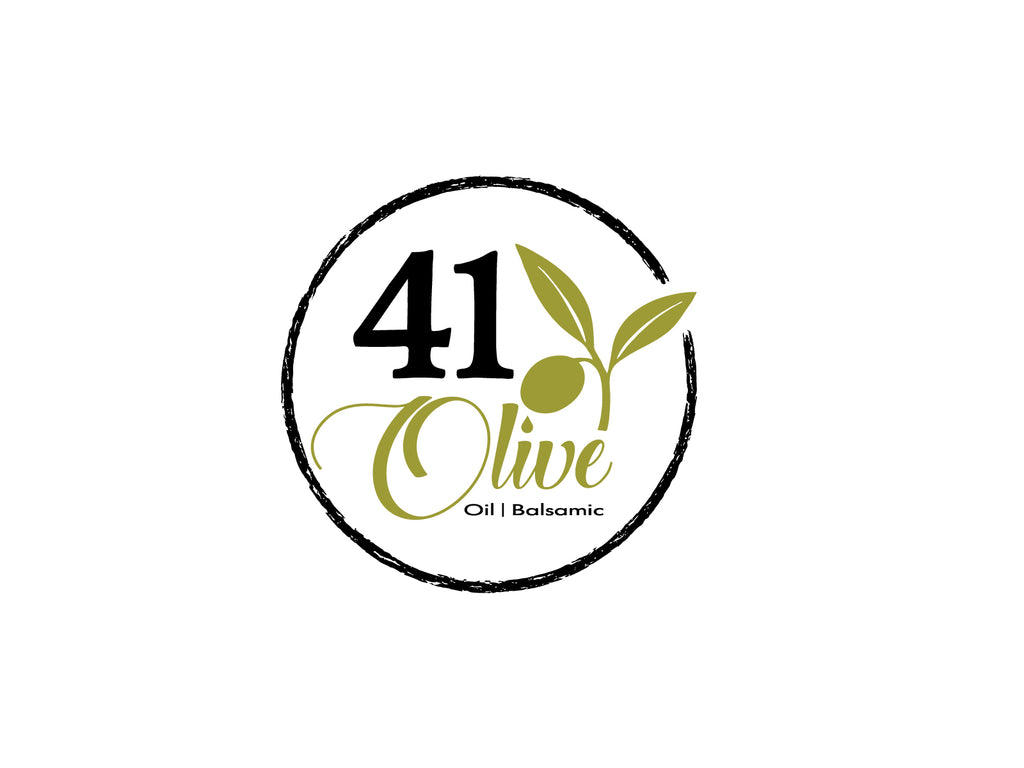Busting Common Misconceptions About Olive Oil
Olive oil is a staple ingredient in many kitchens, but there are still many misconceptions surrounding its use and properties. In this blog, we will debunk some of the common myths about olive oil.
Myth 1: Olive oil has a low smoke point
Many people believe that olive oil cannot be used for high-temperature cooking because it has a low smoke point. However, this is not entirely true. The smoke point of olive oil can vary depending on the type of olive oil, its quality, and processing method.
Extra virgin olive oil has a lower smoke point compared to refined olive oil. However, the smoke point of extra virgin olive oil is still high enough for most cooking methods, including sautéing, roasting, and baking. It is only when olive oil is heated to its smoke point that it can release toxic compounds and lose its flavor.
Myth 2: Olive oil cannot be used for deep frying
Another common misconception is that olive oil cannot be used for deep frying because it has a low smoke point. As mentioned earlier, the smoke point of olive oil can vary, and some types of olive oil have a high smoke point, making them suitable for deep frying.
Refined olive oil or blends of olive oil with other oils, such as canola or peanut oil, are recommended for deep frying as they have a higher smoke point and neutral flavor.
Myth 3: Olive oil should be stored in the refrigerator
Some people believe that storing olive oil in the refrigerator will prolong its shelf life. However, this is not true, and in fact, it can cause the oil to solidify and lose its flavor.
Olive oil should be stored in a cool, dark place away from heat and light, such as a pantry or cupboard. It is also recommended to use olive oil within six months of opening the bottle for optimal flavor and quality.
Myth 4: All olive oils are the same
There are different types of olive oil, and they vary in quality, taste, and properties. Extra virgin olive oil is the highest quality and is made from cold-pressed olives without any chemical processing. It has a fruity flavor and is suitable for dressing salads or used as a finishing oil. Virgin olive oil is also made from cold-pressed olives but has a milder taste and is suitable for light cooking. Other types of olive oil, such as refined olive oil or blends of olive oil with other oils, have a neutral flavor and are suitable for high-heat cooking.
Myth 5: Olive oil is only good for cooking
While olive oil is a great cooking ingredient, it can also be used in other ways. It is a popular ingredient in salad dressings, marinades, and dips. Olive oil can also be used as a moisturizer for the skin and hair or added to a warm bath for a relaxing experience.
Conclusion
Olive oil is a versatile ingredient that can be used in many ways. However, there are still many misconceptions surrounding its use and properties. By understanding the facts and debunking the myths, you can make the most out of this healthy and delicious oil in your kitchen. Remember to choose high-quality olive oil, store it properly, and use it within its recommended timeframe for optimal flavor and quality.
